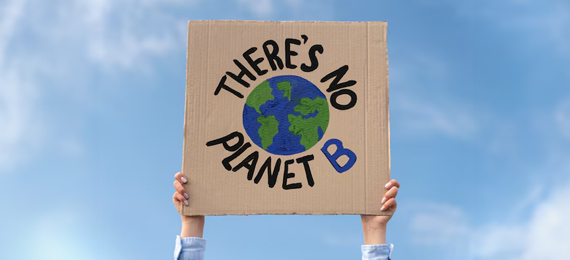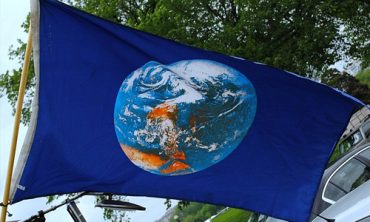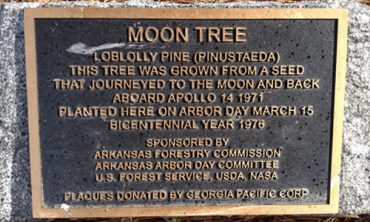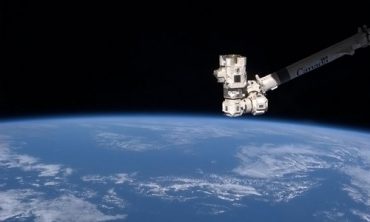
Earthday.org aiming to reduce plastic production by 60% by the year 2040, reveals its 2024 theme: “Planet vs. Plastics.” This Earth Day emphasizes the grave impact of plastic pollution on human and biodiversity health. Launching the #PlasticsDetoxChallenge, Earthday.org urges individuals to cut single-use plastic consumption while advocating eco-friendly commuting for companies. Let’s unite to combat plastic pollution and pave the way for a healthier planet. In honor of Earth Day, let’s explore 11 intriguing Earth Day facts showcasing its beauty, diversity, and the pressing need for conservation efforts.
List of 11 interesting Earth Day facts that you must know:
1. The First Earth Day

Earth Day was first celebrated on April 22, 1970, when millions of people took to the streets to protest environmental degradation. This historic event led to the creation of the Environmental Protection Agency (EPA) and the passage of landmark environmental legislation in the United States.
When was the first Earth Day celebrated?
- A. April 22, 1970
- B. April 15, 1969
- C. May 1, 1971
- D. June 5, 1972
2. Why April 22nd?

The organizers wanted more student involvement during Earth Day, so they decided to celebrate it during the Spring Break and final exams period coinciding with April 22nd.
3. Largest Civic Observance

Earth Day is now observed in more than 193 countries, making it one of the largest civic observances in the world. Each year, individuals, organizations, and governments come together to participate in activities such as tree planting, clean-up campaigns, and environmental education programs.
4. Earth Day Flag and Anthem

The iconic Earth Day flag, designed by artist John McConnell in 1969, features a depiction of the Earth as seen from space against a backdrop of blue. Earth Day also has an official anthem, called the Earth Anthem, which was written by the Indian poet Abhay Kumar and has been recorded in all official UN languages. Check out the flags of different countries.
5. Protecting Biodiversity

According to the International Union for Conservation of Nature (IUCN), more than 41,000 species are currently classified as endangered or threatened with extinction due to habitat loss, climate change, pollution, and other human activities. Earth Day serves as a reminder of the threats to the ecosystem and the urgent need to protect and preserve biodiversity.
6. Moon Tree” Legacy

During the Apollo 14 moon mission in 1971, astronaut Stuart Roosa embarked on a unique journey, carrying with him hundreds of seeds from diverse tree species such as loblolly pine, sycamore, sweetgum, redwood, and Douglas fir. Orbiting the moon 34 times aboard the command module Kitty Hawk, Roosa safeguarded these seeds. Despite encountering a mishap during post-mission decontamination resulting in the breaking open of the seed canisters, the majority of seeds remained viable. They were subsequently planted and nurtured, leading to the emergence of what became known as “moon trees.” Decades later, in honor of Earth Day 2009, NASA, in collaboration with the United States National Arboretum and American Forests, planted a second-generation moon sycamore within Washington, D.C.’s arboretum.
7. 199 Million Tons of Ocean Plastics

Derived from OECD data, single-use plastics like straws, bottles, and bags have emerged as a significant contributor to marine plastic pollution. According to estimates, 17% of species impacted by oceanic plastic are listed on the International Union for Conservation of Nature Red List of Threatened Species. Earth Day initiatives strive to heighten awareness regarding the imperative to reduce, reuse, and recycle plastic items to safeguard the environment.
8. Do You Know?

Recent research from the University of Michigan suggests that utilizing a dishwasher is a more environmentally sustainable option compared to hand-washing dishes.
9. Earth’s Green Wealth

According to a study conducted in 2015, Earth is estimated to be home to approximately 3 trillion trees. With a global population of around 8 billion people at present, this equates to roughly 400 trees per person.
10. Catalyst for Earth Day

Marine scientist Rachel Carson, working for the U.S. Fish and Wildlife Service, grew increasingly alarmed by humanity’s impact on fragile ecosystems. In 1962, she published “Silent Spring,” a groundbreaking book that warned of the perils of pesticides and other environmental threats. Selling over half a million copies, it ignited public consciousness and played a pivotal role in catalyzing the Earth Day movement.
11. Spacebound Earth Day Message

Ever celebrated Earth Day in space? Retired Canadian astronaut Chris Hadfield did just that from the International Space Station on April 22, 2013, sending a heartfelt message: ‘Good Morning, World, and Happy Earth Day from orbit! NASA also joins the celebration, showcasing stunning images of our planet taken from space and hosting events to engage the public.
As we reflect on these 11 captivating Earth Day facts, we are reminded of the profound interconnectedness between humanity and the planet. From the historic roots of Earth Day’s inception to the urgent call for action against plastic pollution and biodiversity loss, each fact underscores the importance of conservation efforts. Together, let’s nurture a healthier, more sustainable world for generations to come. Happy Earth Day!